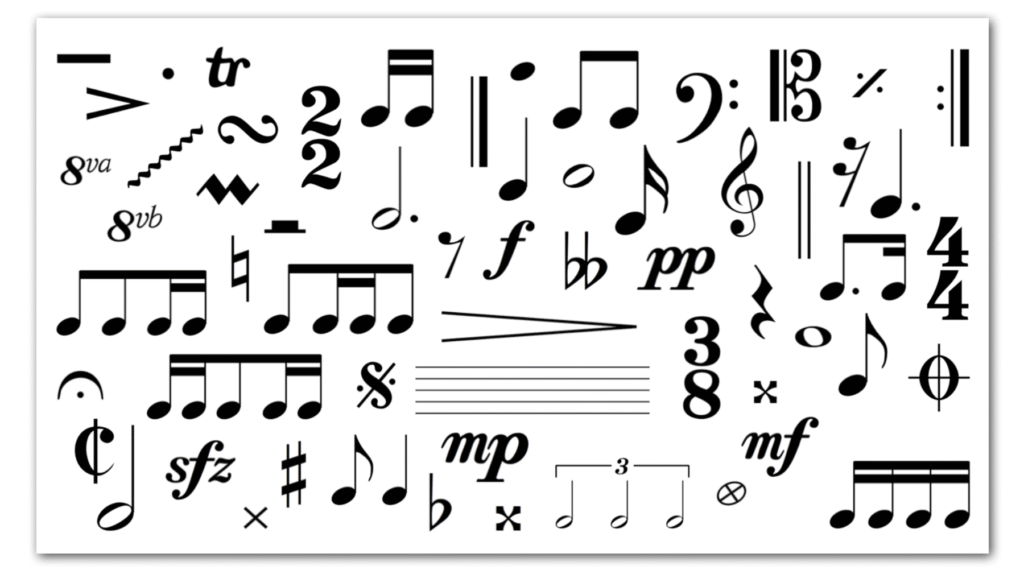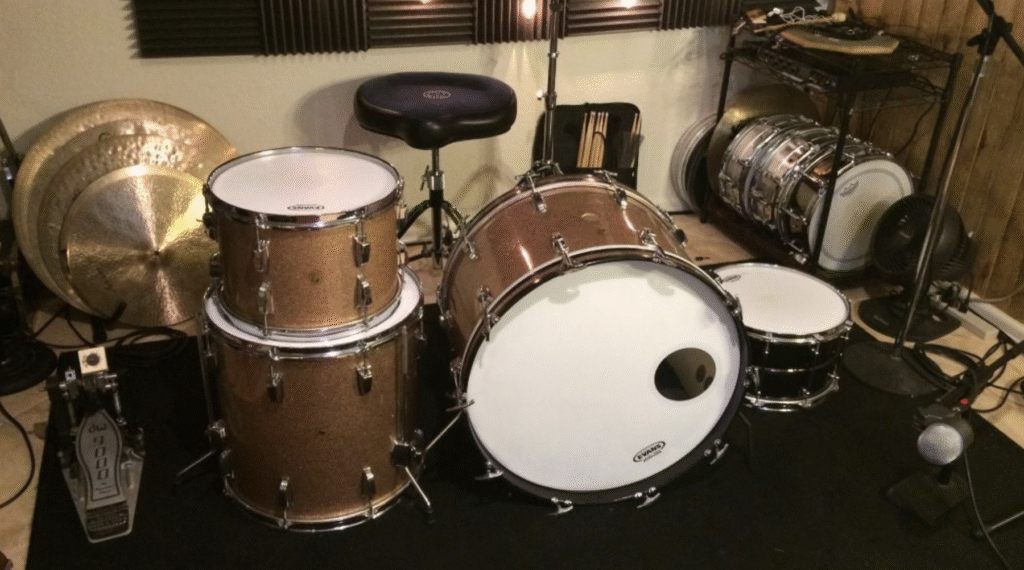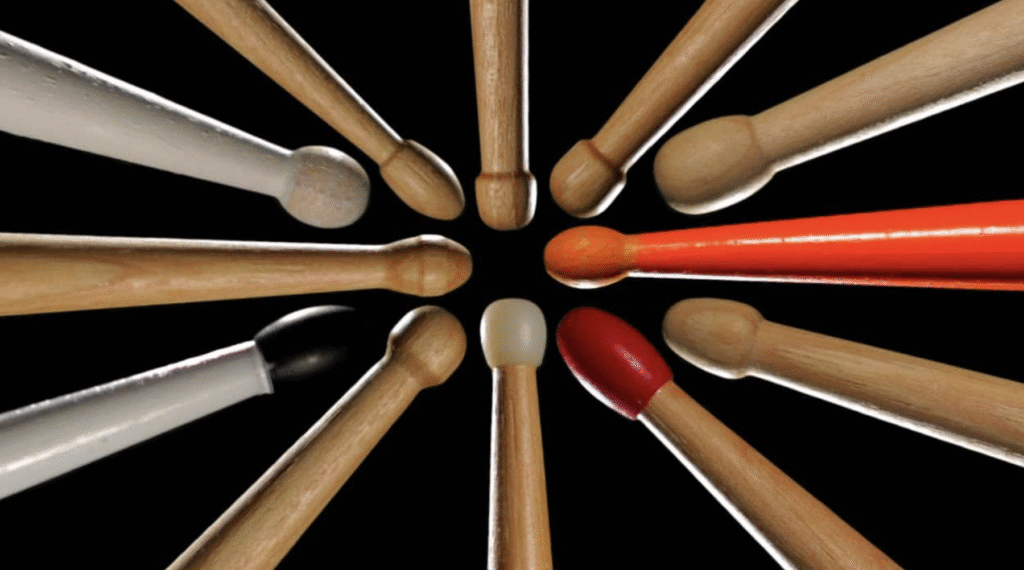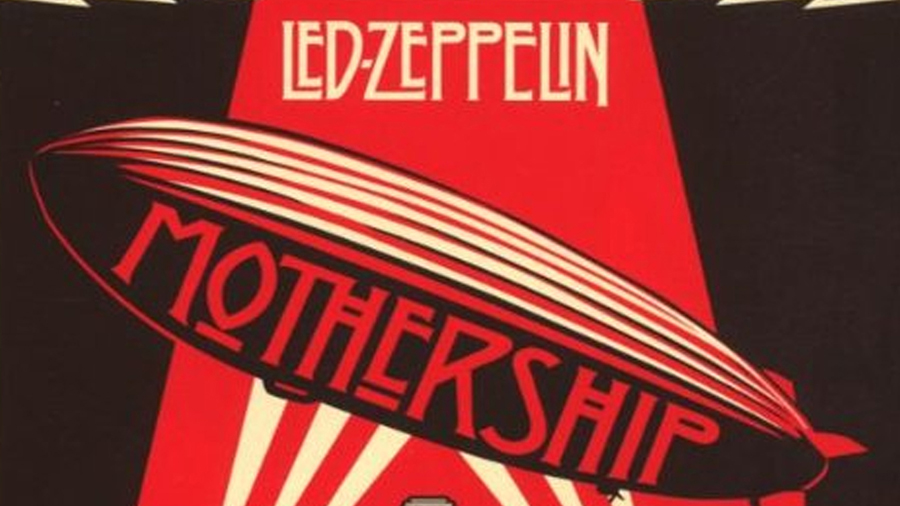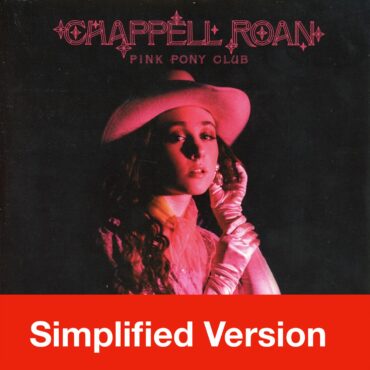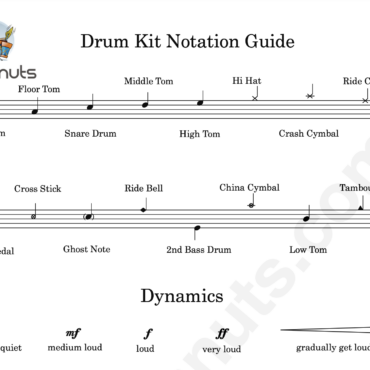Introduction to Reading Drum Music
Learning how to read drum music opens up another world of rhythmic possibilities and can help you become a better drummer. Once you can read drum music, you can play your favourite drum beats from charts and sheet music. Understanding how to interpret drum notation will allow you to grow as a drummer and become more confident. Let’s break it down step-by-step.
Why Reading Drum Music is Easy
Unlike piano, guitar, or violin, drums are non-pitched instruments. They don’t play tunes. This means you don’t need to learn notes like A, B, C, etc. So there’s no need to worry about scales, key signatures, or pitching. Each note in drum notation simply tells you which drum or cymbal to hit and when to hit it.
Understanding the Beat
The beat is the heartbeat of music. It gives the song its tempo and structure. When a drummer calls out “1 2 3 4!” at the start of a song he is counting the beat for the other musicians to follow. To feel the beat, try tapping your foot while listening to a favorite track. You’ll find you’ll naturally sync with the music’s pulse or beat.
The Stave or Staff
Drum music is written on five horizontal lines and four spaces, called a stave. Each line and space corresponds to a part of the drum kit. Therefore, learning the stave helps you know which drum to hit and when.

Notes and Rests in Drum Music
Drum sounds are shown using musical notes. When you see a note you hit the drum- it really is that simple. Rests represent silence or gaps between those notes. Learning to identify these elements is crucial for learning how to read drum music.

Bar Lines and Measures
Vertical lines divide the stave into sections called bars or measures. These bar lines help keep your place while reading. Each bar typically contains a set number of beats, as determined by the time signature.

Time Signatures Explained
The time signature looks like a fraction at the start of the music. It tells us how to count the beats. The top number indicates how many beats are in each bar. The bottom number tells us what type of note gets one beat.
For example:
- In 4/4 time, there are four beats per bar.
- A quarter note (1/4) receives one beat.


Different Time Signatures
There are many different types of time signatures such as 3/4 or 6/8 that provide different rhythmic feels. Below is an example of the time signature: 3/4. This tells us there are 3 quarter note beats in one bar of the music.

Learning Note Values
Understanding note values is key. Each type of note has a specific duration. A whole note lasts for four beats. A half note lasts two. Quarter notes get one, eighth notes half, and sixteenth notes one-fourth of a beat.
Rests also follow similar values:
- Whole rest = four beats of silence
- Half rest = two beats
- Quarter rest = one beat
The table below shows us what some of the different notes and rests look like- some are hollow, some are solid, some have stalks, some have tails. Learn to recognize the different notes, remember their names and how many beats or counts they last for.
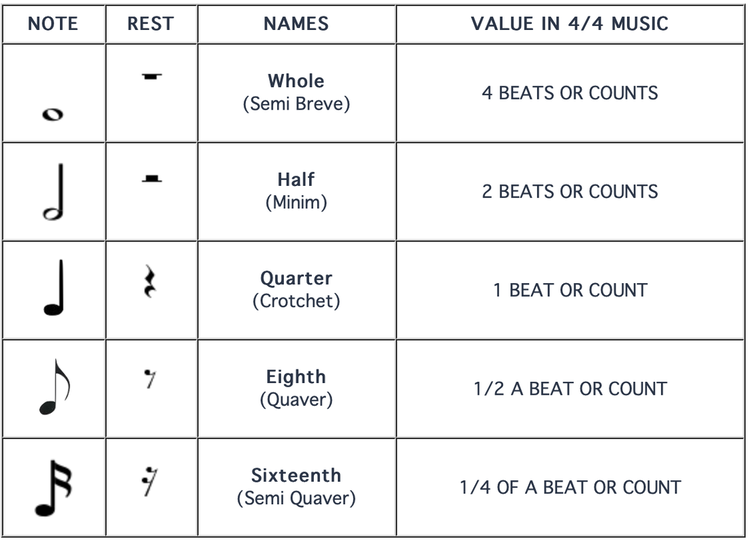
Notes of a 4/4 Bar
We can use different types of notes to divide the beat up and create different rhythms.
Look at the 3 bars of 4/4 music below- all three have the same beat but by using different types of notes we can begin to create different rhythms.
Despite the different note speeds, the underlying beat remains even. Consequently, rhythm develops while the tempo stays steady.

Creating Rhythms
On each of the beats of the bar below there are different note values. The different types of notes will sound faster or slower when played next to each other over the even beat of the bar. This is how we can represent rhythms in written music.
- The 1st beat has a Quarter note- this note lasts for one beat.
- The 2nd beat has 2 Eighth notes, they last for half a beat so they will sound twice as fast as the Quarter note.
- The 3rd beat has 4 Sixteenth notes- they will sound twice as fast as the Eighth notes.
- On the 4th beat we return to a single Quarter note.
Although the notes change speed because of the different values, the beat remains steady and even: 1, 2, 3, 4.

Interpreting Drum Notation
In written drum music the different lines and spaces of the stave tell us which drum or cymbal to play. If a note is on the top line it tells us to play a different drum than if it is on the bottom line.
Below is an example of the positions of the different drums and cymbals on a stave. Some composers will use slight variations. The lower or higher on the stave the note is then the lower or higher on the drum kit it is- bass drum on the bottom line, crash cymbal at the top etc.
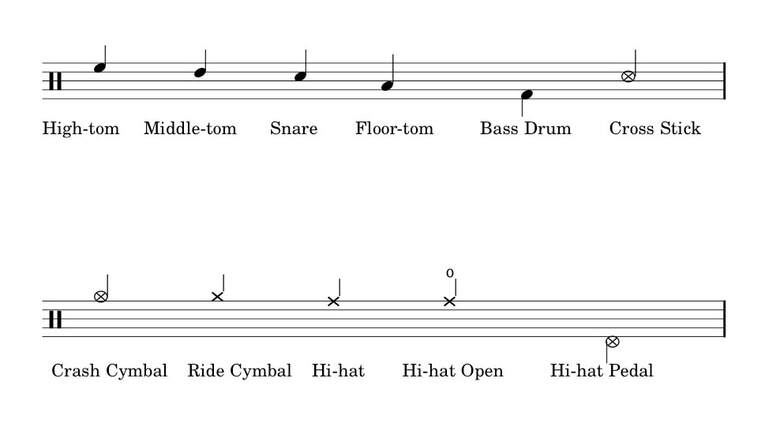
Parts of the Drum Set
Below is a diagram of a standard 5 piece drum set with the generally accepted names of the different drums and cymbals. The ‘High Tom’ ‘Middle Tom’ and ‘Floor Tom’ are sometimes also refered to as ‘Tom 1’, ‘Tom 2’ and ‘Tom 3’ respectively.
The bass drum is also sometimes called the ‘Kick Drum’.
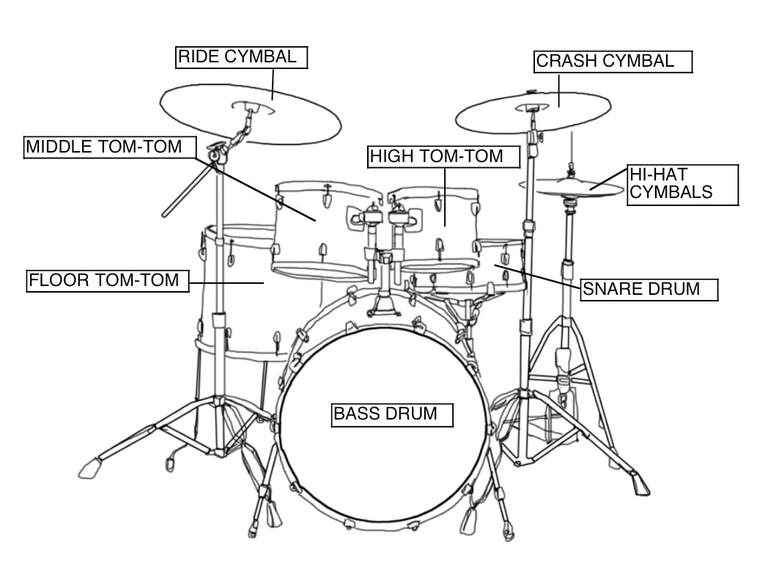
Combining Skills to Read Music
Now that you know the symbols and structure, it’s time to practice. Begin with simple rhythmic patterns in 4/4 time. Focus on keeping a steady beat while playing the correct drums and note values. As you improve, try songs or exercises from drum books or online sheet music. Learn how to read drum music with a teacher at kiwi drummer.com.
Final Thoughts on How to Read Drum Music
Reading drum music might seem intimidating at first. However, once you break it into steps, it becomes much easier. By learning note values, time signatures, and stave positions, you’ll unlock your full potential as a drummer. Eventually, this skill will become second nature.
So grab your sticks, sit at your kit, and start reading your way into rhythmic mastery. With consistency and patience, you’ll be reading and playing like a pro in no time!

